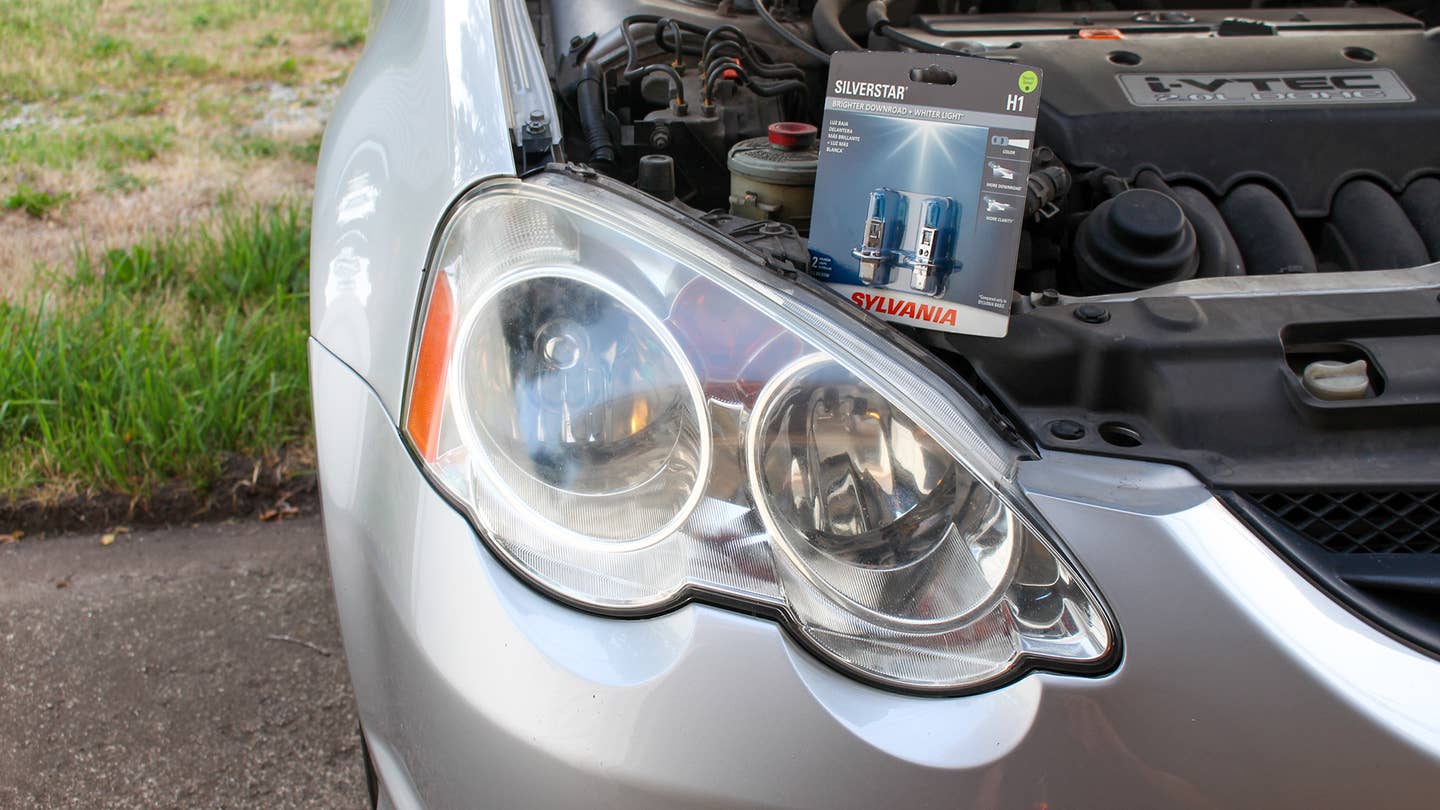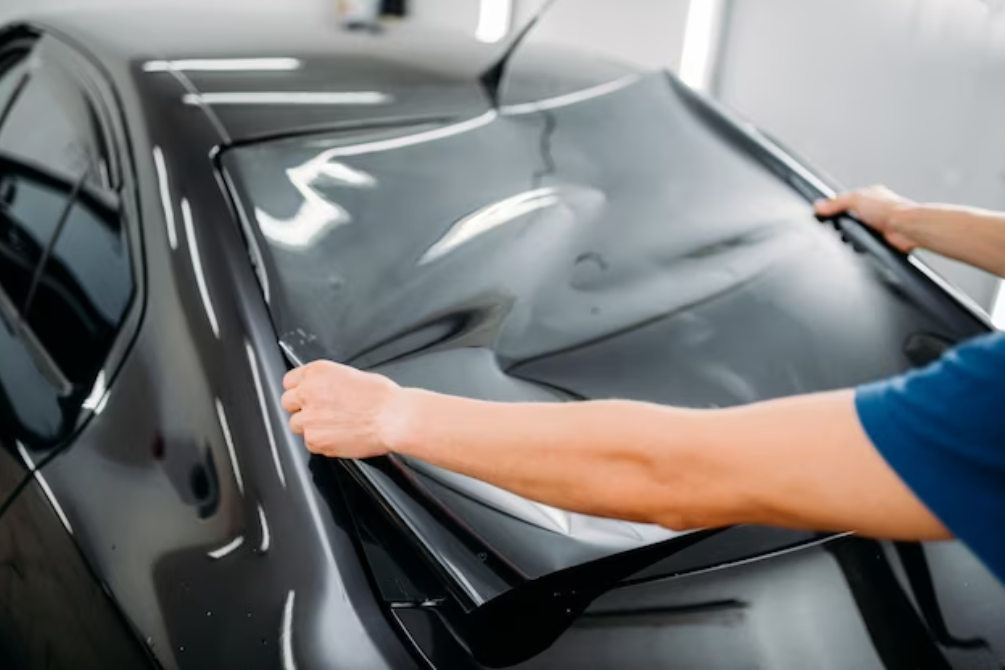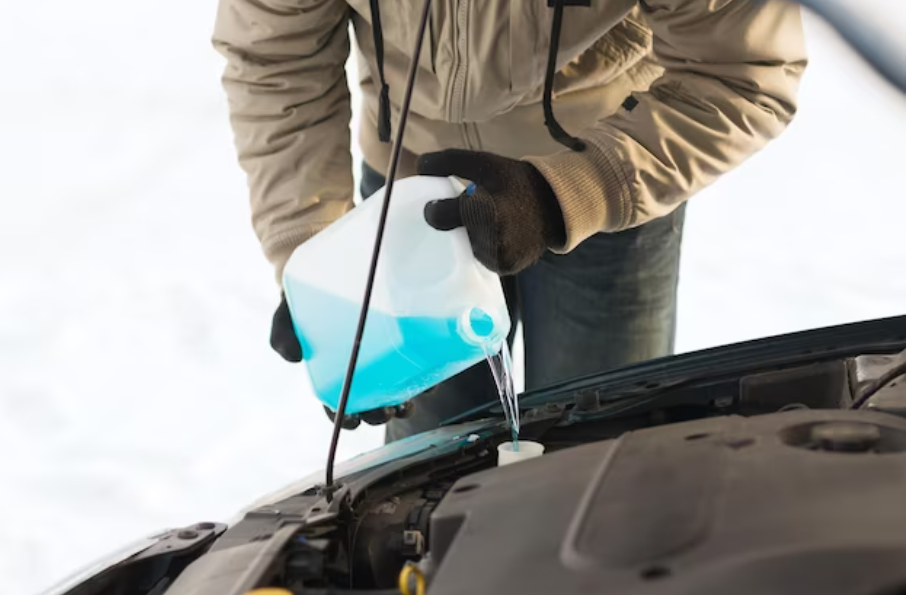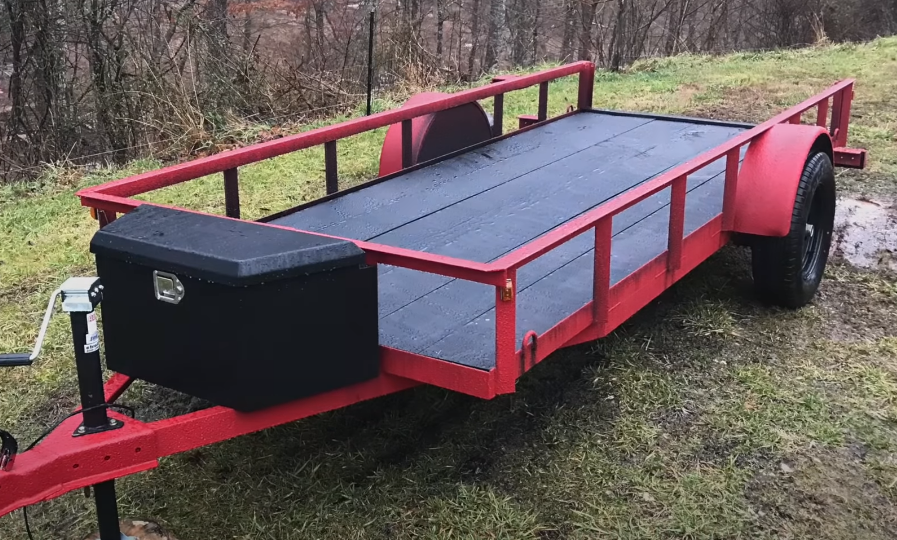How To Replace A Headlight Bulb For Your Car?
Your car's headlights are its eyes on the road, guiding you through the darkest nights and the thickest fogs. But just like any other part of your vehicle, they require occasional attention and maintenance to ensure they function properly. Knowing when to replace your headlights is essential for maintaining visibility and safety while driving.
In this blog post, we'll delve into the signs indicating it's time for a headlight replacement and provide step-by-step instructions on how to replace a headlight yourself. Whether you're a seasoned DIY enthusiast or prefer to leave it to the professionals, understanding the basics of headlight maintenance is vital for every car owner.

When Should You Replace The Headlight For Your Car?
You should replace a car headlight when it's dim, flickering, or completely burnt out. Dim headlights can greatly reduce your visibility on the road, especially at night or in adverse weather conditions. Additionally, some headlights are designed to last for a specific number of hours, so if you've reached that milestone, it's a good idea to replace them preventatively. Regularly inspecting your headlights and replacing them as needed ensures optimal visibility and safety while driving.

Swapping out a headlight is a straightforward task, typically consuming just 5–10 minutes for most vehicles. It demands a little beyond your hands, yet having these items handy can be beneficial along the way.
Prioritize Safety
- Eye Gear
- Protective Gloves
Necessary tools and components
- Screwdriver Assortment
- Needle-nose Pliers
- Socket Kit
- Handheld Light Source
- Replacement Bulb(s)
The procedure for swapping out a headlight may vary slightly depending on the vehicle type, but there are general steps applicable to everyone. While it's advisable to replace both headlights simultaneously for consistent lighting, it's not mandatory.
Note: These instructions pertain to traditional headlight replacement. For Xenon or LED headlights, the process may differ.
1. Disconnect the negative battery terminal.
With the vehicle powered off and cooled down, disconnect the battery for safety.

2. Create access to the bulk
Depending on the car model, you may need to relocate the battery or adjust fluid tubes, like windshield washer containers, for better bulb access. Ensure easy access to the bulbs, avoiding damaging components or dropping bulbs into the engine bay.
3. Detach the headlight connector and bulb.
Locate the plug at the rear of the headlight housing and disconnect it from the bulb. Some vehicles may require twisting the connector and bulb out of the housing before bulb removal.
4. Install the new bulb.
Handle the new bulb with care, avoiding direct contact with bare hands. Use the base of the new bulb to plug it in securely, ensuring correct positioning.

5. Reassemble in reverse order.
After inserting the new bulb, reattach and secure it in the headlight housing, reconnect the plug, restore any relocated components, and reconnect the battery. Ensure all components are securely fastened.
6. Test the headlights.
Activate both high and low beams to verify bulb functionality. In low-light conditions, confirm proper bulb alignment and even light distribution. If everything appears satisfactory, the replacement process is complete!
I'm not particularly skilled with DIY tasks. Can I still manage to replace my headlight bulb?
Changing a headlight bulb is typically straightforward for most individuals, regardless of their level of expertise. While some vehicle manufacturers may find accessing the headlights challenging due to the placement of various vehicle components, replacing a bulb should generally be manageable.
I prefer not to handle the bulb replacement myself. What's the typical cost for professional assistance?
If you opt for professional assistance, expect to pay approximately $50 for bulb replacement. This cost may increase for vehicles equipped with LED or specialized headlights.
What is the expected lifespan of headlight bulbs?
Typically, headlight bulbs can provide illumination for around 2,000 to 3,000 hours. However, newer designs incorporating Xenon or LED bulbs boast significantly extended lifespans, with some rated for up to 30,000 hours of continuous use.
Replacing a headlight is a fundamental maintenance task that contributes to safer driving conditions. Whether you're experienced with DIY tasks or prefer professional help, being aware of the signs indicating a need for replacement and knowing how to perform the task can save you time and money and ensure optimal visibility on the road. By following the guidelines provided in this post, you can maintain your headlights effectively and enjoy a safer driving experience.
Click on the following link to read another blog post: What Is A Roof Scoop?







.png)








